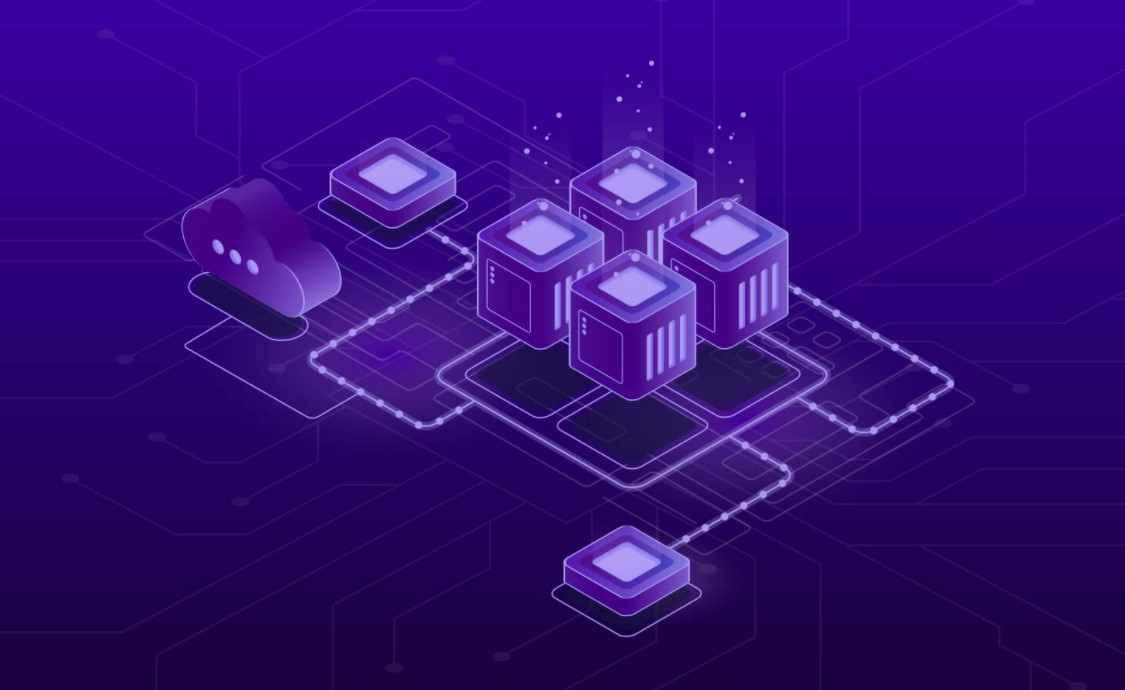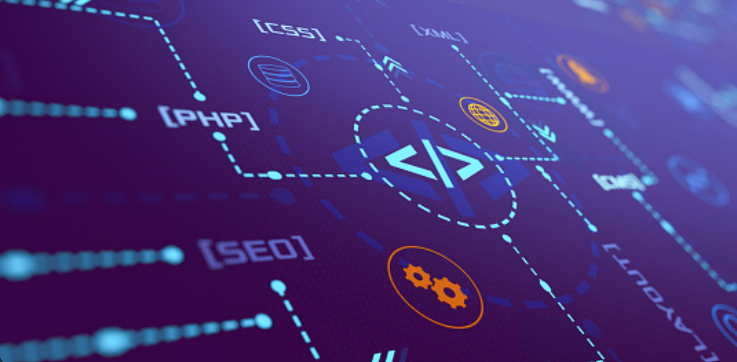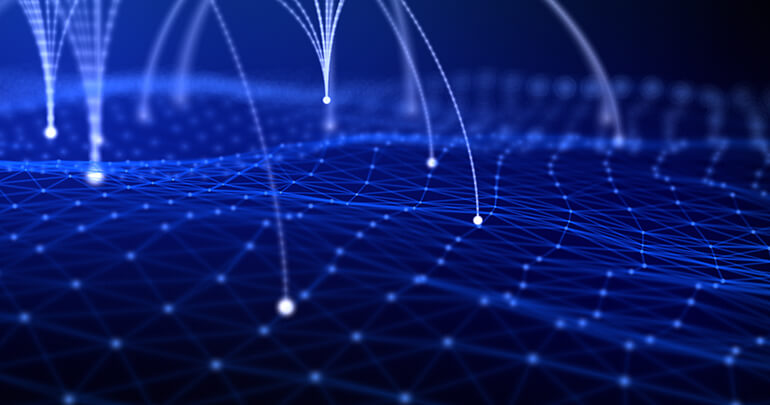Medicine and technology were never apart and pandemic brought these fields even closer. All possible attempts to alleviate the impact involved these streams to a great extent. Where significantly improved biotechnology helped us to identify the behavior of the coronavirus; find possible ways to curb its impact; develop medicine to boost immunity and antibodies while technology supported our daily chores from shopping to exercise; from entertainment to online classes.
Let’s find out more ways where amalgamation of these streams fairly improved our lives amidst the pandemic crisis.
Big Data
To develop a vaccine, the behavior of the virus needs to be analyzed. Epidemiologists are using the bulk of data present to determine the behavior of the virus. The genome of the virus was successfully discovered within a few months to successfully produce the vaccine. Genetic data from viruses help scientist to track disease outbreaks. It gives a detailed analysis of the impact of climate, geography on viruses. Facial recognition along with big data has helped in tracking the patients using CCTV cameras installed in private and public places.
Artificial Intelligence
AI is a powerful tool which can be used to predict diseases’ future pattern and to look for probable treatment. Many companies have used AI to identify antibodies among thousands of cells. Another application of AI algorithms is to find out patients at high risk. AI also helped in finding out the components of the vaccine.
Robotics
In these times, when the pandemic is transmitting at the community level, the introduction of robots as substitutes for humans is the silver lining of the cloud. Robots acting as medical assistants helped people with medicines and other necessities. Imagine if a robot could deliver all your essentials at your doorsteps.
DaVinci surgical robot was just another example. Not only it is FDA approved, but it is also known to lessen the pain and recovery time of surgeries. In Washington, a robot named Vici was used by corona positive patient to communicate with the medical team and Vici is helping him in the treatment. With all benefits, there are few cons of it too. They need to be trained properly and extensively before performing any kind of surgery or assistance. Along with that, staff must be trained as it is found to be one of the major reasons behind failure stories.
Data Analytics
Approximately 21% of the US population uses smartwatches or fitness tracker. And out of them, 41% believe that the maker could share data for researches. The data could help in the identification and monitoring of the corona patient. They would help in developing useful insights based on the past health conditions recorded. This would help in determining the risk a person possesses. With inbuilt GPS, these can be a perfect ally in contact tracing.
3D printers
As novel coronavirus cases began to rise exponentially, ventilators became as necessary as the oxygen. The world began to see the shortage of supply. To combat this situation, various groups began to experiment with building a ventilator or its parts using 3D printers. Anyone with a 3D printer can contribute to it by making any respiratory component.
Other helpers
- Telemedicine by providing virtual consultation to anyone with symptoms at home.
- Chatbot by helping in assessing the current situation of a person and answer their queries.
Technological advancement in the hospitals and medical research has increased the pace of reacting and combating such pandemic like situations. With such advancements, proactive identification of unknown disease and diminishing its impact is fairly possible.




